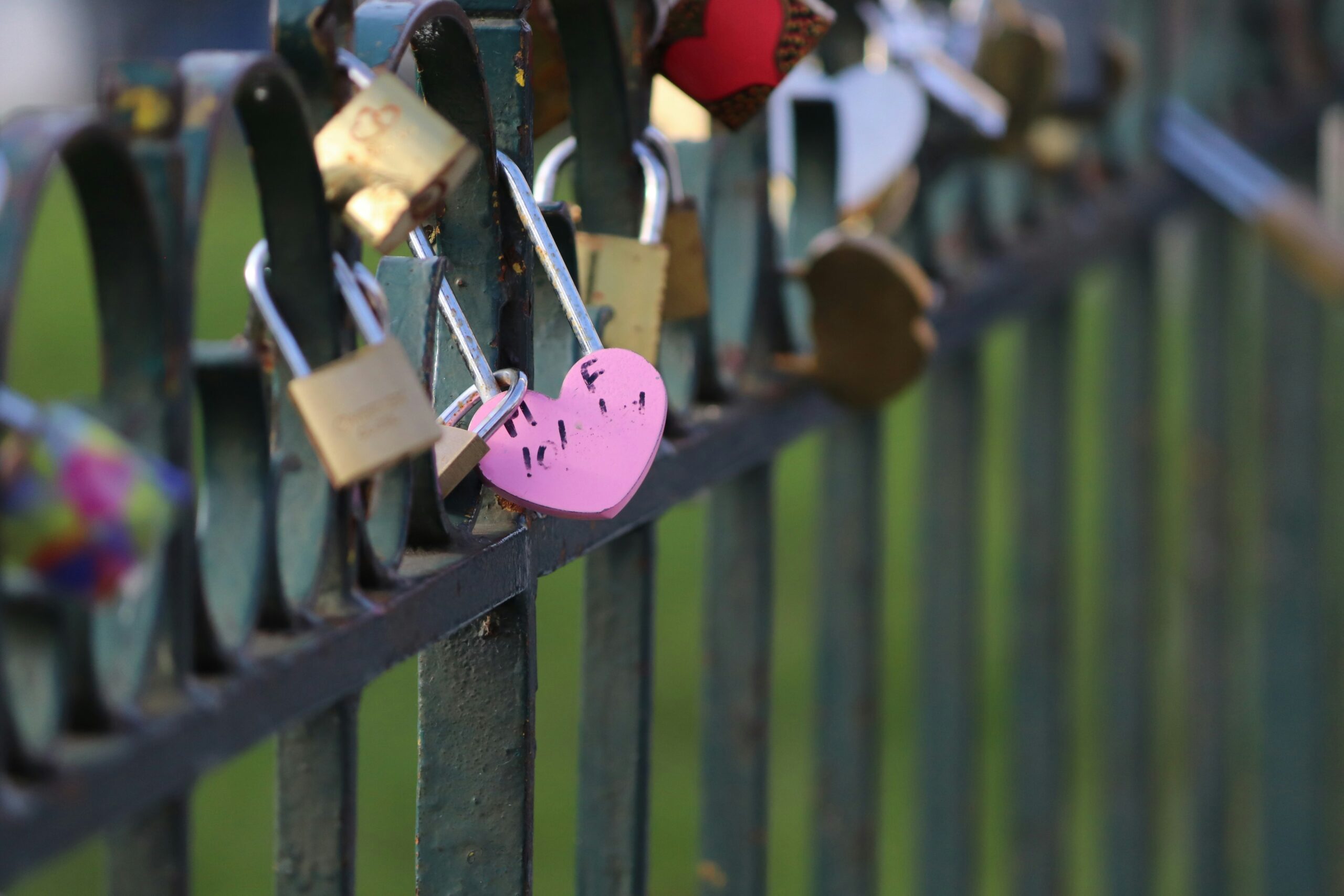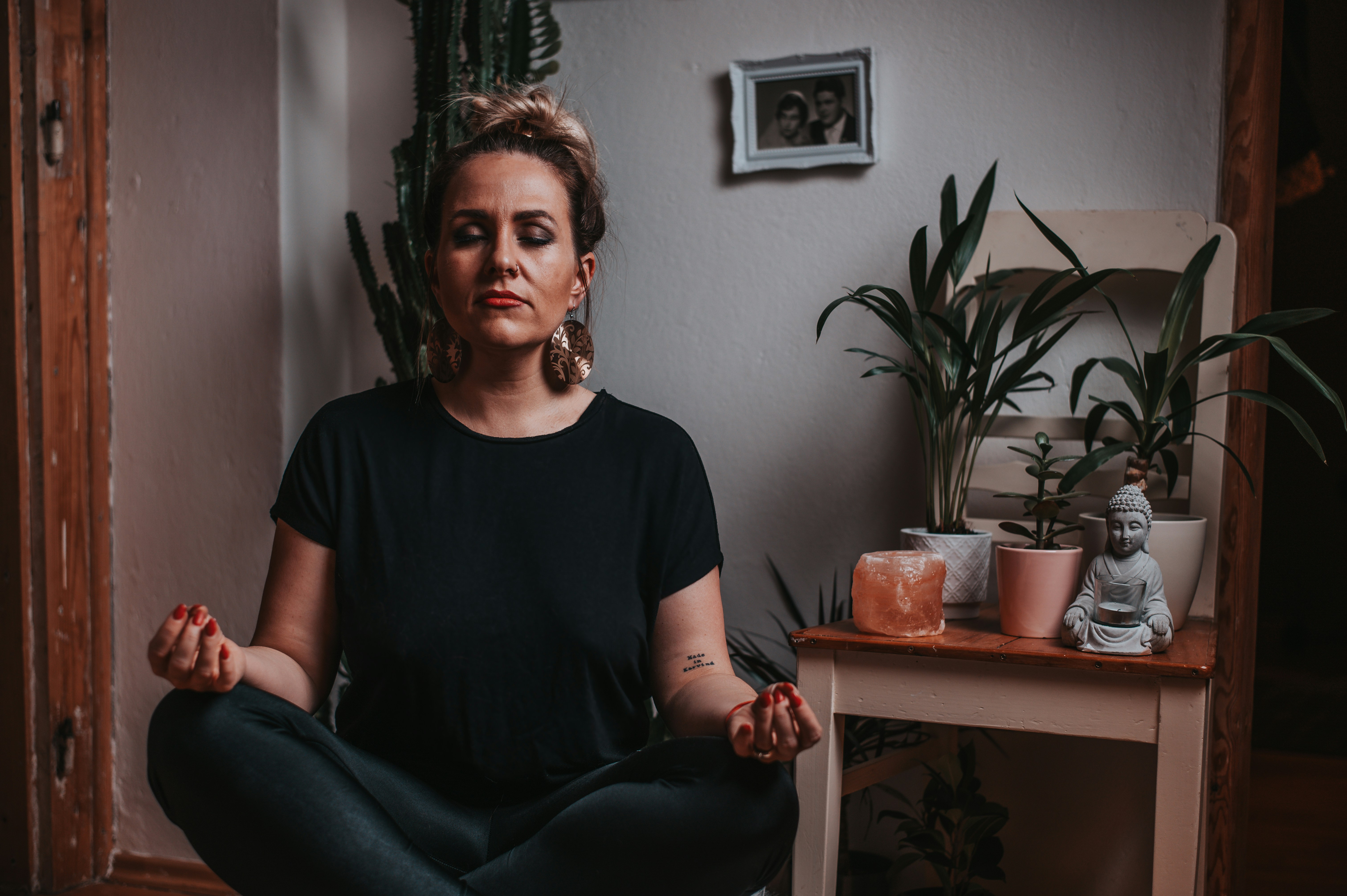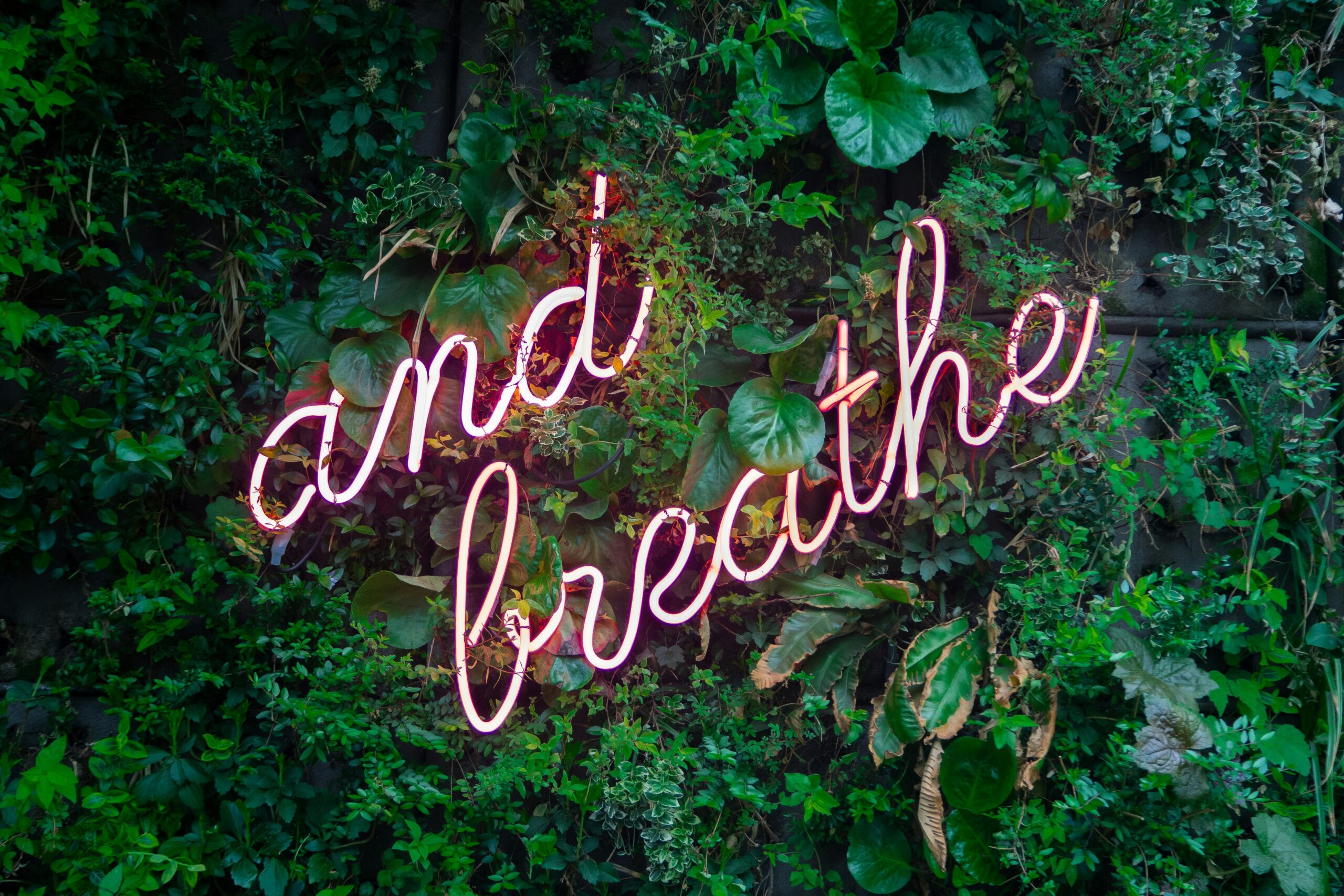No Longer Chasing Love: 5 Steps Towards Healing Your Anxious Attachment
Anxious attachment is made within us; we are not born this way. It is often developed in early childhood, based on how our caregivers responded to our emotional and physical needs. You may have had an inconsistent caregiver. Someone who would shower you with love only to then retract it and become cold or distant. This caused little you to learn that love and comfort are unpredictable. This will cause anxiety and hyper-vigilance; holding on tightly so you don’t loose them.
A caregiver who has anxiety or is overinvolved can also cause anxious attachment. If a parent is overly anxious, controlling, or emotionally dependent on little you it could possibly lead to a feeling of responsibility to maintain closeness. This can blur the emotion boundary and make you fear disconnection.
Another common cause, and one that my own cause falls under, is emotional neglect or rejection and trauma. When you have a parent who dismisses your emotions as a child or when you’re met with irritation and abuse, we learn that love is conditional and can be withdrawn easily.

Now as adults with anxious attachment we might:
- Contently seek reassurance (do you really love me?)
- Feel uneasy when a partner seems distant or busy
- Overthink text messages, tone, or change in behavior
- Feel drawn to emotionally unavailable partners
- Experience jealousy or fear of rejection even in stable relationships
Now that we know why we are feeling all these emotions and even physical responses when it comes to our relationships, let’s talk about healing from it.
1. Inner-Child Healing Work
We are going to start with some inner child work. Because we didn’t get it when we needed it the most, as children, we are going to give it to ourselves now. This is going to be a process of creating inner security.

- Journaling: we have talked about journaling before and that is because it is such a powerful tool. When you are experiencing big emotions that seem to take over, pull out your pen and write about it. Put all those emotions down on the page and release it. Write about your childhood and about those who might have let you down.
Here are some great journaling prompts:
- Write a letter addressed to your younger self at a time they felt unseen, scared or unworthy. Tell them what you had wished someone would have told you then. Remind them of their strength, worth, and the love they deserve.
- Write about something your younger self loved to do just for fun. How can you bring a piece of that joy back into your life today?
- Tell your younger self about the ways they grow, heal, and thrive in the future. What would surprise them most about who you you’ve become?
- Inner Child Meditation: give yourself a break and allow yourself to feel peaceful in the mist of all the chaotic emotions. Take a moment and meditate, calm your breathing and be in your body in this moment. Here are a few practices to help with mindfulness. This is a great meditation guided towards your inner child healing process:
- Sit somewhere comfortable and close your eyesImagine your younger self at a specific age — picture where they are, what they are wearing, and how they look. Gently ask them: “What do you need right now?” Visualize yourself comforting, holding, or playing with them.
- End by telling them something affirming like, “You are safe now. I love you. I’m here.”
2. Name and Tame Your Emotions
One thing that always accompanies anxious attachment is big feelings! Feelings that sometimes take over and you think they could never possibly be controlled. Well, I’m here to tell you that they cannot be controlled but they can be tamed.

I remember before I even knew I had anxious attachment that I would literally think I was dying if I thought someone was going to abandoned me. A feeling like I couldn’t breathe took over. I wouldn’t get out of bed or even feed myself. I just knew that my life was over because this person didn’t want me. Even if I knew they were not good for me, I still needed them in my life to feel secure.
I would also completely sabotage healthy relationships with my anxious need for reassurance. If I wasn’t getting enough attention or communication I would freak out and act impulsively. I would accuse them of cheating or claim that they don’t truly love me. This behavior would ultimately push them away and in turn cause me to say, “I knew they would leave.”
Now that I am self-aware of the part of me that is anxiously attached, I am able to name these big emotions and tame them before I act out on my impulsive thoughts. It also helps with being able to function in the middle of healing from heartbreak. Naming emotions helps engage the rational part of your brain and reduces intensity. Here is how it works:
- Pause and breath: when your triggered by a delayed text, a shift in tone, or an unclear answer, before reacting pause and take a slow deep breath. Inhale through your nose for 4 counts and exhale through your mouth for 6. This will help shift your body out of fight or flight mode.
- Name the emotion and validate yourself: When you are feeling triggered say: “Right now I’m feeling __________ because____________ .” Then gently add: “And that’s okay, feelings pass.” It’s important to never judge yourself and to always allow yourself grace. Validating yourself will turn the inner critic into the inner caregiver.
- Sooth the emotions: Choose a calming action that brings safety back to your body. Examples:
- Place your hand on your heart and breath slowly.
- Step outside and feel the air on your skin.
- Repeat gentle truths: “I am safe right now.” “This feeling will pass.” “I am loved and I’m learning to feel secure.”
- Reflect Instead of reacting (Taming): When you feel calmer ask yourself:
- “What do I really need right now?” — Maybe its reassurance, rest, or distraction— or maybe you need to express your feelings calmly later.
This step will help you respond with more awareness instead of anxiety.
3. Mindfulness & Body Awareness
Mindfulness and body awareness can be such a powerful tool in your healing journey but with anxiously attached people it can be a saving grace. It will help with staying in the present moment instead of spiraling into “what if” scenarios.

I tend to go straight to “they don’t really love me” and “they don’t care about me” but others might over think in other ways. If they take too long to reply to a text your brain might go to “they must be cheating” or “they don’t want to talk to me.” All these made-up thoughts and what-ifs are harmful to us and our relationships. Here are some practices to help you discover mindfulness and body awareness.
- Daily meditation: meditate every day, even if it’s only for 5 minutes. Trust me it will make a difference. You can use this inner child meditation above or the one from our home page here. For something new you can click here as well.
- Mindful walking: focus on each step and your breathing. This will help ground you and bring you back into your body at the present moment.
- Body scans: Take a moment to close your eyes and take notice of your body. Pay attention to where you hold tension when you are anxious.
People with anxious attachment so often live in a heightened state of alert. Their nervous systems are constantly scanning for signs of rejection or disconnection. Practicing mindfulness will help bring awareness to that state so that you can recognize when your body is reacting from a fear rather than the moment.
Through breathing, grounding, or simply noticing sensation or tension (a tight chest or racing heart) you can signal to your body: “I’m safe right now.”
With time you can rewire your body to return to a regulated emotion more easily.
4. Self-soothing & Emotional Regulation
Let’s be gentle with ourselves. Remember that you are healing and that everything takes time and practice. With healing should also come self-soothing. Give yourself the comfort that you didn’t not receive as a child.

A major trigger for most anxiously attached people is a fear of rejection or abandonment. Learning to calm your body and mind help to break the panic cycle. Here are a few things I do to sooth myself and regulate my emotions:
- Deep breathing: 4-7-8 breathing or box breathing. You can click here for a video guide.
- Grounding yourself by naming 5 things you can see, 4 you can touch, 3 you can hear. For a video on this click here.
- Gentle self-talk like: “I’m safe right now,” or “This feeling will pass.”
- My personal gentle self-talk that I use every time I’m feeling anxious or lonely: “I feel lonely right now, and that’s okay. But I am not forgotten. I am worthy of being wanted, cherished, and deeply loved—starting with how I treat myself today. I am learning to become the person who stays, even when others can’t.”
- Soothing touch: now that you have done a body scan, and you know where you are holding tension lets help sooth those areas. Gently place your hands on tense areas—your heart, shoulders, or stomach—and apply pressure and tell yourself something kind at the same time: “it’s okay to relax. I’m here with you.”
Remember to listen to your body while self-soothing. I hold my stress in my shoulders and back. Literally carrying my problems on my shoulders. So, when I notice that I’m starting to tense up in those areas, I take my deep breaths and recite my gentle talk. It helps me to relax my body and begin to regulate my nervous system. All of these tools will help you to build self-trust and reduce negative reactivity.
5. Boundary and Self-worth Building
This step is very important in order to maintain healthy relationships as an anxiously attached person. When someone has anxious attachment, we tend to overextend ourselves to keep a relationship stable. This will only put unnecessary stress on us and will most likely damage the relationship in the long run.

I used to dedicate endless amounts of time thinking about what I could do to make a connection stronger. Constantly stressing over if was doing enough to prove my worth. Never realizing that I shouldn’t have to earn someone’s love. If someone truly loved me, I wouldn’t have to do anything at all. They would simply love me for who I am. Knowing this fact has changed my outlook on all my relationships for the better.
Boundaries and self-worth can feel complicated because our nervous systems often equate closeness with safety, and distance with danger. But learning these things will help to build secure attachment within us. Some great ways to practice this are:
- Rebuild your inner narrative: Challenge your anxious thoughts when they pop up. Instead of: “They didn’t text back—I must have done something wrong.”
Replace it with: “They didn’t text back—their behavior doesn’t define my worth, I’m still valuable and lovable.” This will teach your brain to detach self-worth from others’ responses or lack of communication.
- Learn to pause before reacting when your triggered and anxiety rises, pause and breath before responding or acting impulsively. This helps you act from a place of clarity not panic. Then ask yourself: “What do I need right now—reassurance, space, or grounding?”
- Start with small/ low risk boundaries: each boundary you set will teach your body that it’s safe to express needs without sacrificing love.
“I’ll call you back once I’m done resting.”
“I need time to think about that before deciding.”
“I don’t feel comfortable talking about that right now.”
We should reframe boundaries as acts of self-love not selfishness. You are creating space to breath, recharge, and show up authentically in relationships and for yourself. Setting boundaries will get easier as your self-worth rises.
The Big Picture

Healing anxious attachment means that we are learning to feel safe without needing constant reassurance. That safety starts within us.
By soothing our body, validating our emotions, and setting consistent boundaries, we will build a new internal message:
“I can love deeply and also honor myself fully.”




